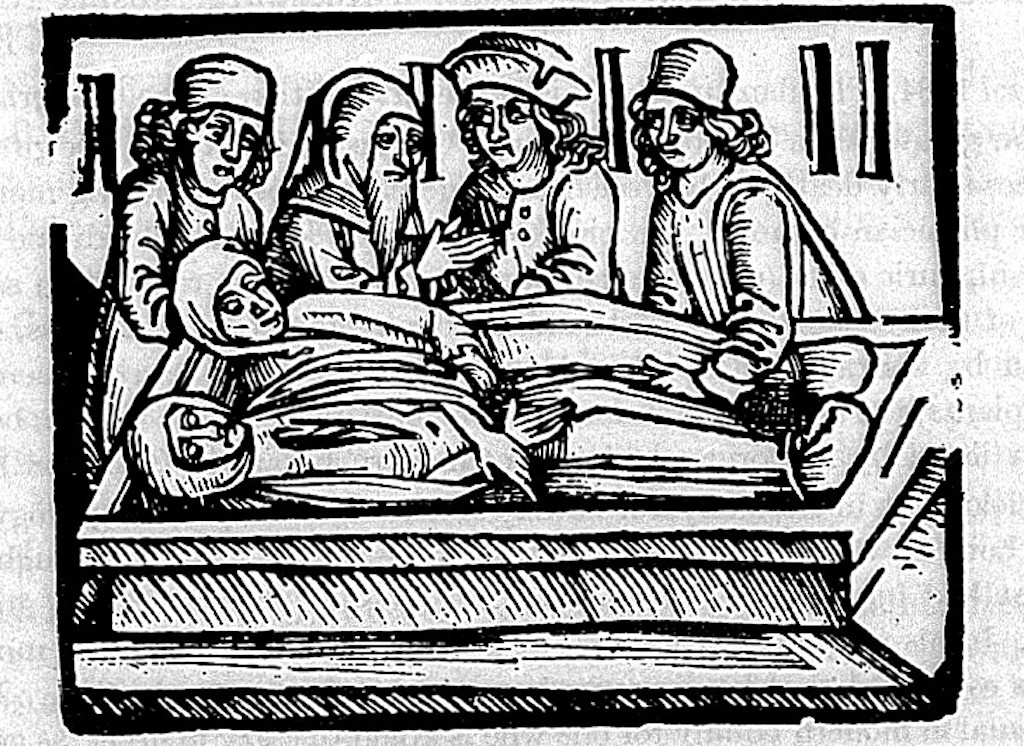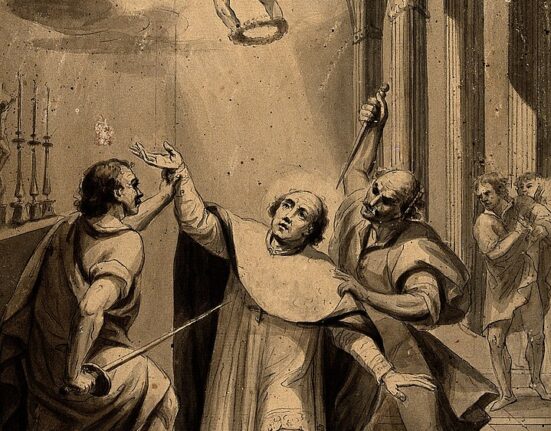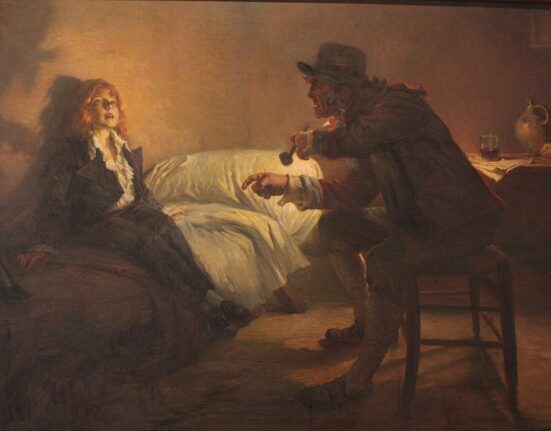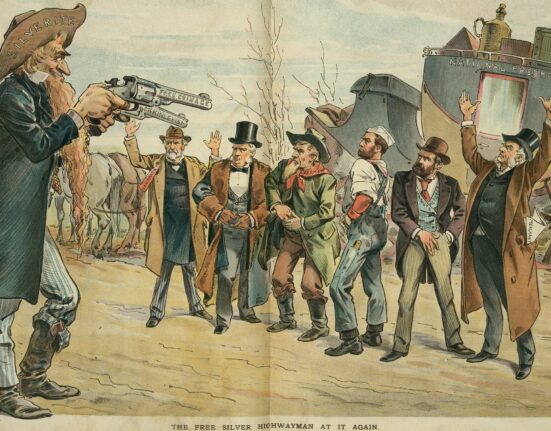The Renaissance in Europe was a period of art and renewal that brought with it many advancements in both culture and empire. The advent of the Church of England gave birth to the rise of English Protestantism, expanding imperial power set the stage for the upcoming Age of Exploration, and the most famous playwright of all time ushered in a period of art and literature which continues to influence cultures around the world. Certainly, this period was not unmarred by difficulties. The transition to Anglicanism was bloody and tumultuous and many of the Tudor monarchs have been characterized as bloodthirsty and despotic. Perhaps the greatest looming antagonist in this period is the bubonic plague. This deadly disease swept through Europe several times throughout the Renaissance leaving death and despair in its wake. While most people are broadly aware of the impact of the plague, few are acquainted with the other deadly disease which threatened England during this time: the sweating sickness. (1)
Sweating sickness, also known as “the sweats” or “English sweating sickness,” is a mysterious illness which seems to have plagued Renaissance-era England through a number of high-fatality outbreaks. In the years 1485, 1508, 1517, 1528, and 1551, the sweating sickness cut swathes through the population of Tudor England before disappearing without a trace. Each flare up of the illness lasted for only a brief time and killed a startling percentage of those infected. To this day, the exact cause and nature of the sweating sickness is unknown. (2)
More Weird History: The Cadaver Synod: A Trial For a Dead Pope
Symptoms of the Sweating Sickness
A 1551 outbreak of “the sweats” was described by a physician in a text called A Boke or Counseill Against the Disease Commonly Called the Sweate, or Sweatyng Sicknesse. In this text, the physician John Caius describes the sweating sickness as beginning with a pervasive sense of dread followed by cold shivers, aches and pains in the neck and shoulders, headache, delirium, a severe fever, a sense of extreme heat, exhaustion, and an especially potent fever. Caius chiefly describes the 1551 outbreak which he witnessed in Shrewsbury. Caius attributes the illness to “impure spirits” and excessive femininity amongst the men of England. His proposed treatment involves a number of herbal remedies intended to induce sweating and break the fever. (3)

More Mysterious History: Locusta: Who was Emperor Nero’s Poisoner?
Bizarre Features of the Sweats
The sweating sickness follows some very strange patterns if contemporary accounts are to be believed. For one thing, the sweating sickness appears to have disproportionately affected the wealthy. This detail is especially strange considering the unhygienic conditions that most peasants were forced to live in. Hygiene standards all around were poor, but it is not often that the aristocratic class is hit harder than the masses by such an event. Furthermore, the disease seems to have either abated or killed the patient within the first twenty-four hours beginning with the onset of symptoms. The young, strong, and able-bodied were especially affected by this disease, in a pattern which does not align with the typical behavior of infectious diseases. Finally, the sweating sickness seems to have disappeared and reappeared almost at random until it finally disappeared for good in 1551. (4)

More Bizarre History: Franklin: The U.S. State That Never Was
What Caused the Sweating Sickness?
When it comes to identifying the sweating sickness, modern scholars present a number of fascinating theories. Like any great mystery, though, the sweating sickness refuses to comply perfectly with even the most compelling hypotheses.
The unhygienic conditions of Tudor England are often fingered as the main culprit behind the spread of this illness. Most outbreaks occurred in the summer which has pointed some scholars in the direction of insect-borne diseases such as Dengue fever and malaria. Neither of these ailments match up perfectly, and they especially fail to explain the prevalence of sweating sickness amongst the young men of the elite. (5)
One of the most popular current theories regarding the sweating sickness is a form of hantavirus. Spread by mice through aerosolized particles of urine or droppings, hantavirus remains a major danger in many parts of the world and often causes symptoms which bear a striking similarity to those described by John Caius and his contemporaries. In Europe, hantavirus primarily causes hemorrhagic fever symptoms including intense headaches, fevers, chills, back pain, dizziness, and nausea. Further symptoms develop as the disease progresses and even with modern medicine at our disposal, mortality rates for certain forms of hantavirus infections remain unsettlingly high. Beyond its symptom set, hantavirus is a likely candidate for the sweating sickness because of the way it spreads. Sweating sickness often occurred in summers which followed particularly wet or harsh winters. High insect populations would foster bursts in rodent populations as well. Most importantly, young able-bodied people were especially likely to spend time working in fields where mice can be found and attending to stables. Some believe that horsemanship is the cause for the high rates of infection amongst nobles, as mice are particularly common in barns and stables. (6)(7)
Further theories for the sweating sickness include an anthrax outbreak, food poisoning from a number of sources, contaminated water supplies from seasonal flooding, a yet unknown mosquito-borne illness, or even meteorological activity. With no modern outbreaks to track, it is unlikely that the true nature and cause of the sweating sickness can ever be discovered. In 1718, one of the first outbreaks of a French disease known as Picardy sweat occurred in Northern France. This disease is one of the only ailments ever to have mirrored the strange patterns of the sweating sickness, although the Picardy sweat was almost always accompanied by a characteristic rash. (8)
More Fascinating History: Franklin: The U.S. State That Never Was






